
Smarter email, faster business.
Trending
Categories
Canterbury to Establish Permanent Test Flight Facility, Boosting Aerospace Innovation

Canterbury to Establish Permanent Test Flight Facility, Boosting Aerospace Innovation
Permanent Airspace Allocation for Aerospace Testing
Canterbury is set to become a pivotal hub for aerospace innovation with the permanent allocation of part of its airspace for test flights. The Minister for Space, Judith Collins, announced that the Civil Aviation Authority (CAA) has granted a permanent special use airspace designation for the Tāwhaki National Aerospace Centre at Lake Ellesmere, along with other aviation companies in the region. This move is designed to provide these organisations with the necessary freedom to safely trial next-generation aerospace technologies.
Starting 7 August, six 'Restricted and Danger Areas' will be permanently designated within Canterbury’s airspace. These zones will only be activated as required to minimise disruption to other airspace users. The Restricted Areas will enable Tāwhaki to control aircraft entry, exit, and operations, while the Danger Areas will serve to alert pilots to potential hazards, ensuring safety remains paramount.
Growth and Strategic Importance of Canterbury’s Aerospace Sector
Minister Collins emphasised Canterbury’s rapid expansion in the space sector, highlighting the region’s strategic advantages. Its geographic location, combined with test-bed facilities, research and innovation capabilities, manufacturing infrastructure, and a skilled workforce, positions Canterbury as an ideal launchpad for both space and advanced aviation industries. She noted that the space sector has grown by 53 percent over the five years leading to 2023-24, contributing more than NZ$2.47 billion to the economy. The advanced aviation sector also made a significant contribution of NZ$480 million during the same period, with some overlap between the two sectors.
John Holt, executive director of Tāwhaki, described the airspace allocation as a critical milestone for the sector. He stressed that regulatory infrastructure is as essential as physical infrastructure in fostering growth. Holt characterised the Special Use Airspace as a forward-looking and pragmatic development that prioritises safety while unlocking substantial opportunities for New Zealand’s aerospace industry.
Challenges and International Context
Despite the promising outlook, establishing a permanent test flight facility in Canterbury faces several challenges. Securing adequate funding, navigating complex regulatory frameworks, and attracting skilled personnel to the region remain significant hurdles. The initiative is expected to attract increased interest from aerospace companies seeking to utilise the new facility for innovation and testing. However, it may also prompt regional competitors to enhance their own facilities or lobby against regulatory changes that favour Canterbury.
The government’s support for the space sector aligns with a broader global trend towards aerospace innovation. Recent commitments by the UK government to fund aerospace research and development, alongside reforms in industrial strategy, reflect an international environment conducive to such initiatives.
Looking ahead, the New Zealand Aerospace Summit scheduled for October in Christchurch is anticipated to draw an international audience. The event will provide an important platform to showcase Canterbury’s unique strengths to innovators in advanced aviation. Public consultation on the proposed changes to the Civil Aviation Rules remains open until 27 July.
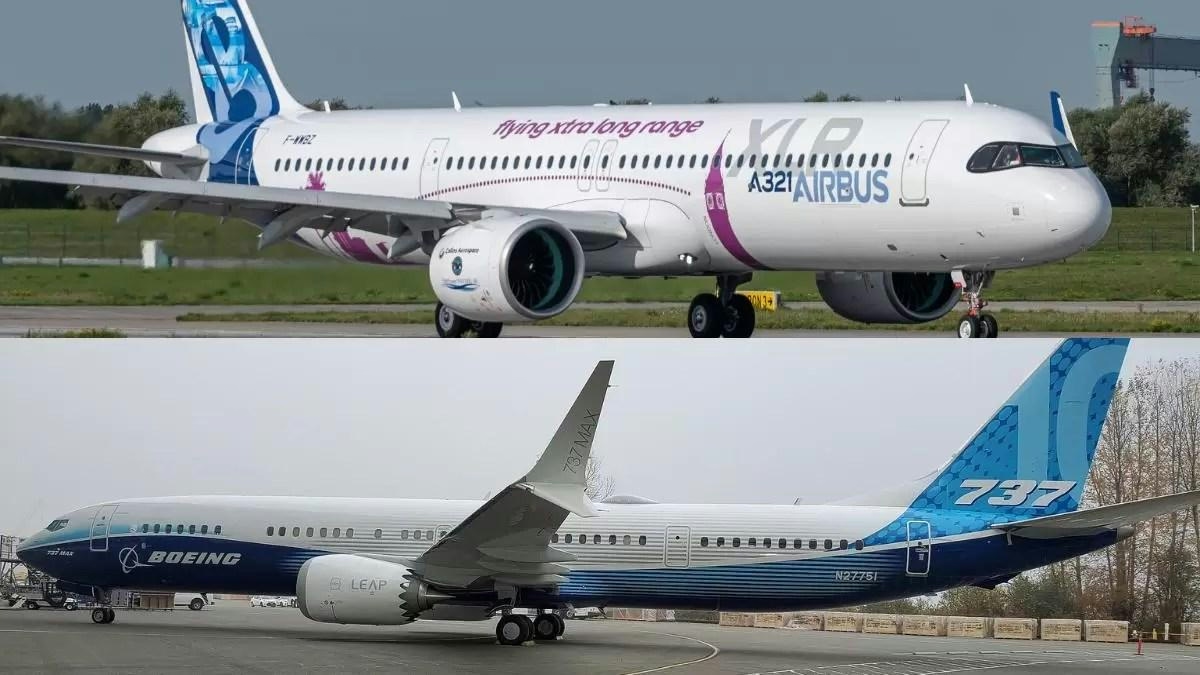
Fuel Efficiency Comparison: Boeing 737 MAX and Airbus A320neo
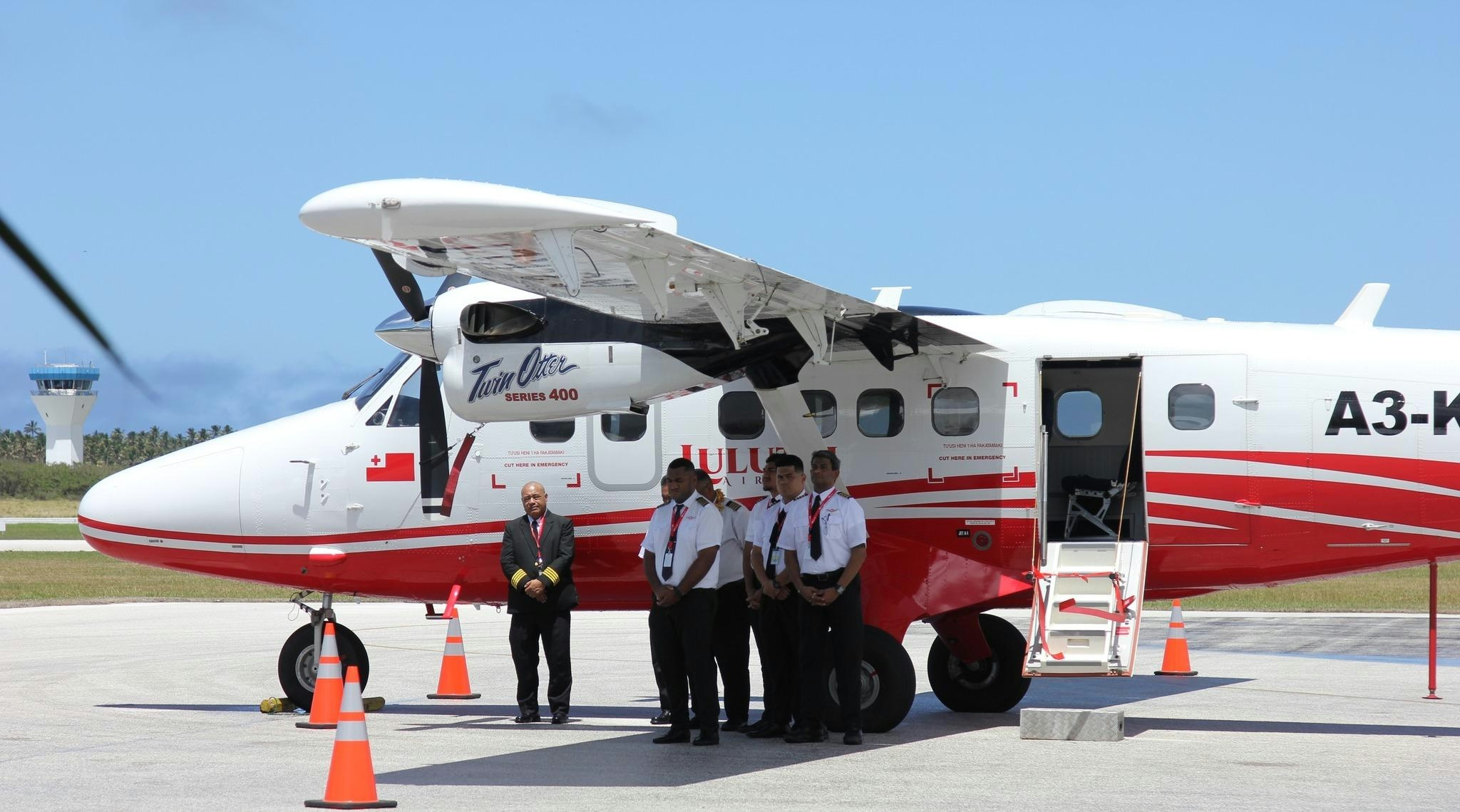
Tonga Grounds Lulutai Airlines Over Maintenance Issues
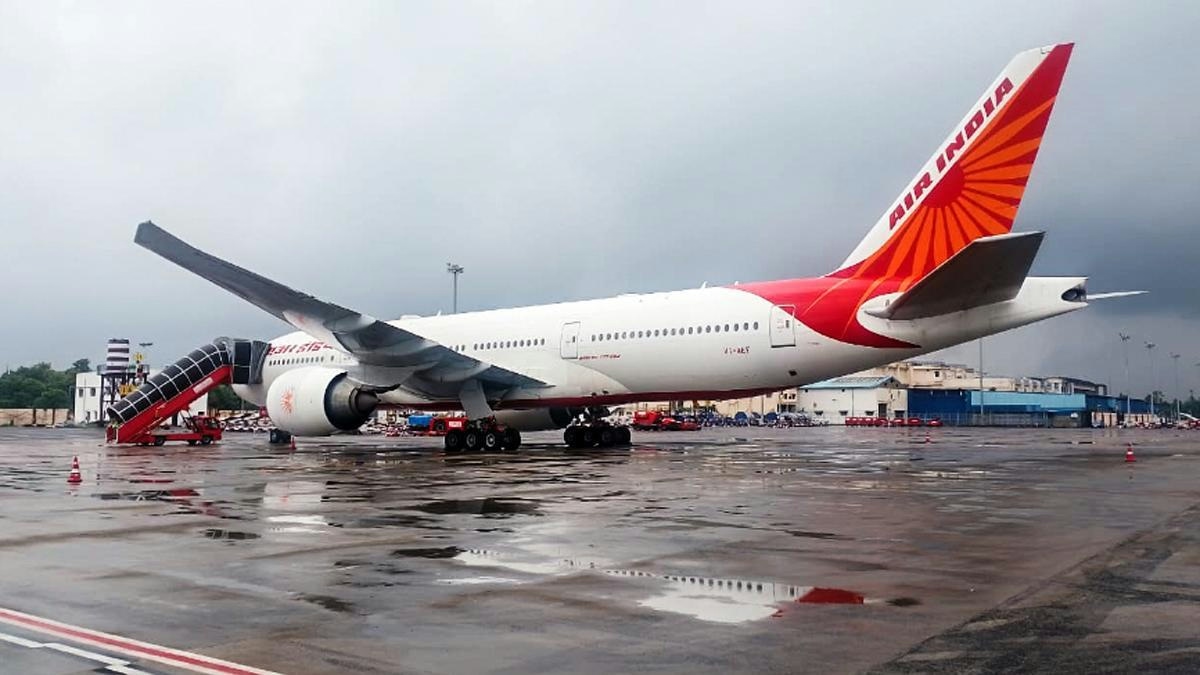
Air India Completes Fuel Switch Inspection, Finds No Issues

Senators Seek Clarification on Delta’s New AI Pricing Strategy
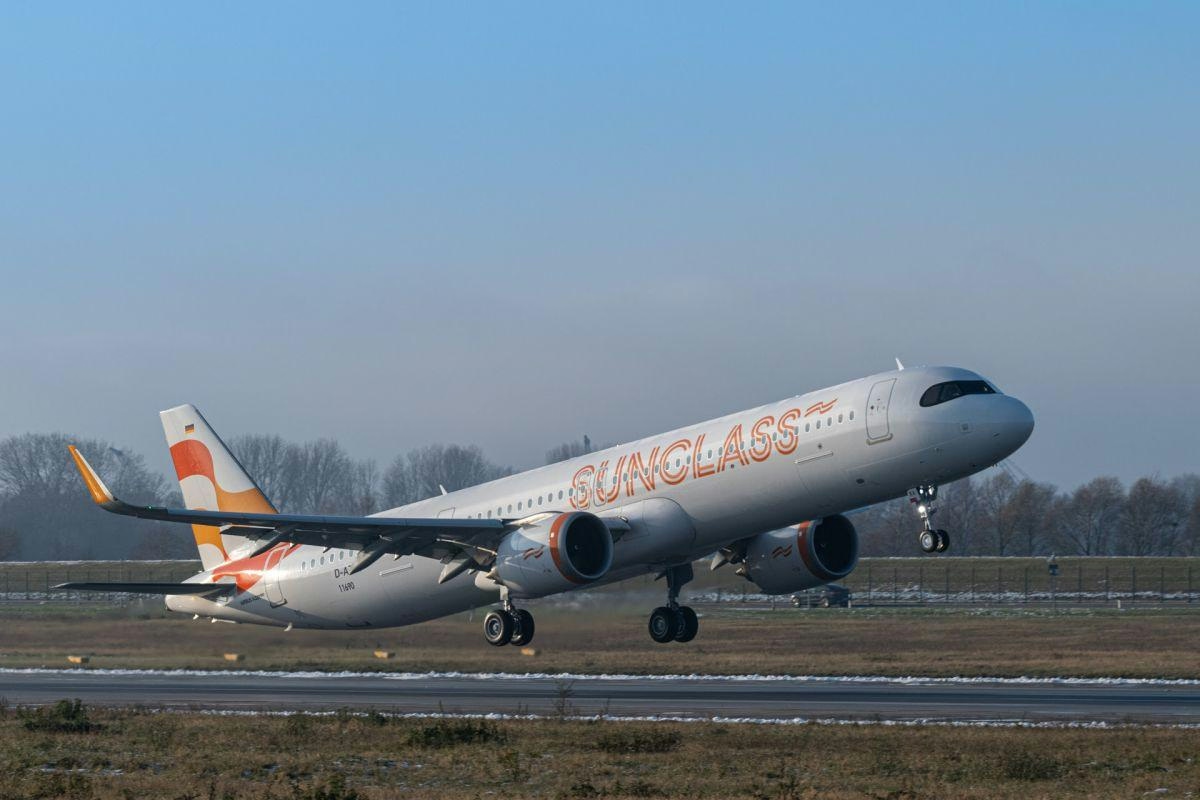
Aviation Capital Group Delivers A321neo to Sunclass Airlines
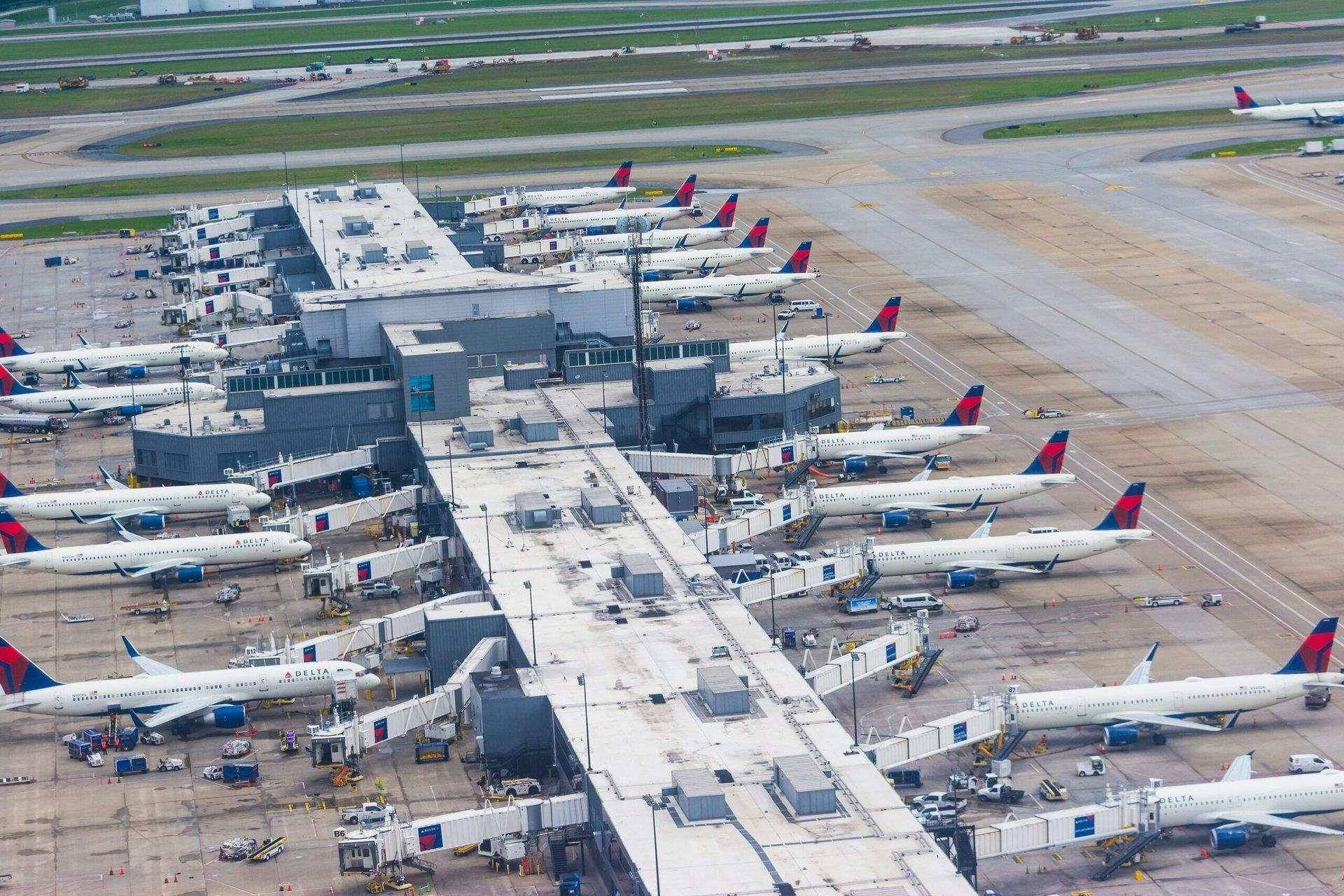
Delta’s Use of AI in Fare Setting Raises Concerns in Washington

Auguste Bajorunaite’s Journey from Flight Attendant to Aircraft Maintenance Expert
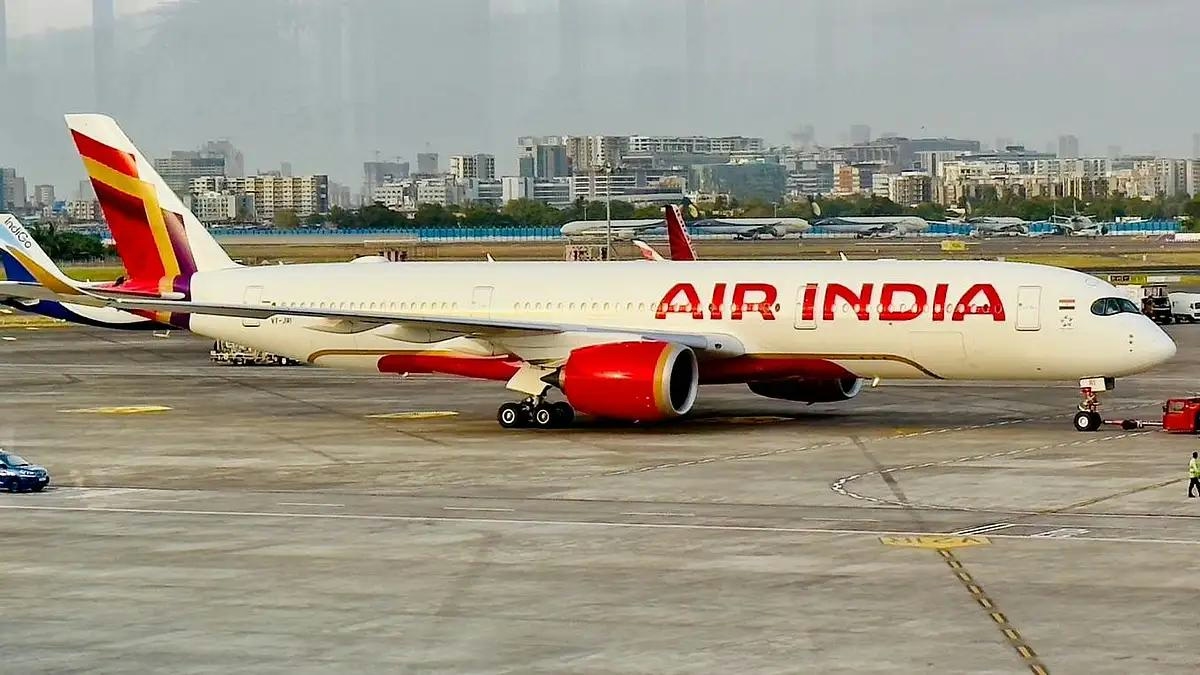
Air India Flight’s Auxiliary Power Unit Catches Fire After Landing in Delhi; Passengers and Crew Safe
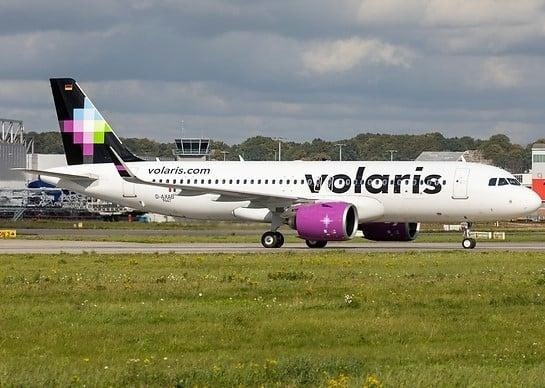
Volaris Reports $63 Million Net Loss Amid Declining Revenues and Margins
